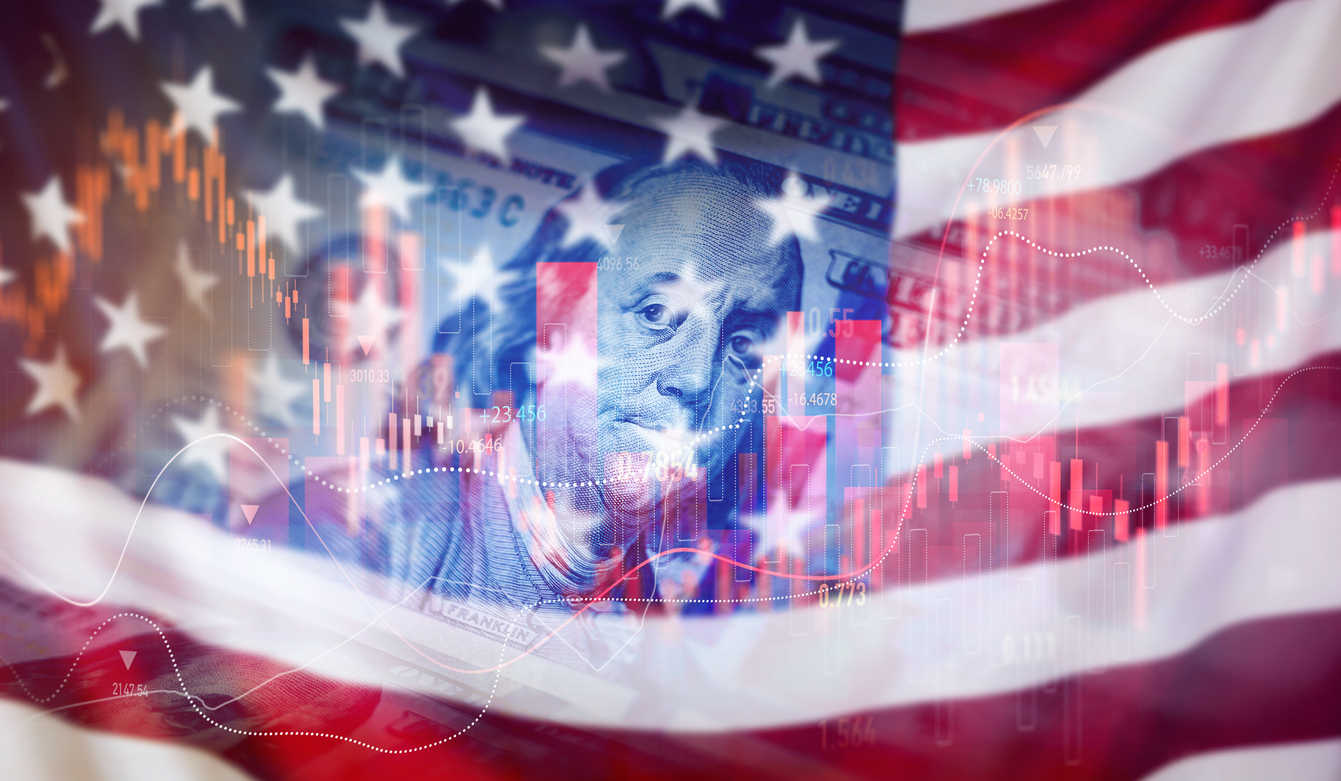Dear Clients & Friends,
The longer I do this work, the more I’m reminded that progress—whether in the markets or in life—rarely follows a straight line. Some months move us forward, while others feel like we’re standing still. And every now and then, it feels like we’re taking a step back. But over time, the direction of our efforts is almost always forward.
That message feels especially important right now. Investors are navigating a noisy mix of stubborn inflation data, cautious Fed messaging, renewed tariff concerns, and continued geopolitical tension. While some of these headlines can rattle short-term confidence, they don’t change the core principles of successful investing: faith, patience and discipline.
Economic Crosscurrents Continue
The U.S. economy remains a story of mixed signals. On one hand, consumer demand is holding up better than many expected, the labor market remains strong, and corporate earnings—while uneven—are mostly clearing the low bar of expectations. On the other hand, sticky inflation, particularly in services and shelter, continues to challenge the Federal Reserve’s ability to ease rates in the near term.
After raising hopes earlier this year for multiple rate cuts, the Fed has recently shifted to a more measured tone. Their current stance appears to be one of cautious patience—neither pushing rates higher nor eager to lower them. The market, in turn, has adjusted expectations, resulting in a modest rebound from the volatility seen in April.
Tariffs, Trade, and Global Tensions
One notable source of near-term relief has been the 90-day pause on new tariffs between the U.S. and China. While this has helped ease investor anxiety and stabilize some sectors, the agreement is more of a ceasefire than a resolution. Trade tensions—and the broader geopolitical backdrop—remain fluid and unpredictable.
Outside of trade, other global developments continue to affect investor sentiment. From military conflicts overseas to disruptions in global supply chains, the world remains a volatile place (emphasis added). However, history reminds us that capital markets are remarkably adaptive. They’ve weathered far worse—and over time, they move forward.
Volatility Is the Price for Long-Term Wealth
Investing for the long-term means learning to live with short-term discomfort. Markets will never give us green lights all the way. Volatility is not a sign that something is broken—it’s the cost of admission for real wealth creation.
Reacting to every bump in the road—whether it’s shifting sectors, timing trades, or responding to headlines—is rarely productive. What is productive? Staying committed to a thoughtful plan. Diversifying your investments. Rebalancing with purpose. These are the levers that lead to better outcomes over time.
Focus on What Matters Most
It’s easy to feel overwhelmed by things we can’t control. But when it comes to your financial life, what truly matters is what you can control: your savings rate, your spending discipline, your investment behavior, and your alignment to a long-term plan. These are the building blocks of financial independence—and they’re exactly what we focus on with our clients.
At Mercer Partners, our mission is to help you filter out the noise and stay centered on your values, your vision, and your future. This is how wealth managers can add meaningful value.
Looking Ahead with Confidence
We don’t know exactly what the second half of the year will bring, but we do know that long-term investors are rarely rewarded for making predictions. They’re rewarded for staying invested, staying disciplined, and staying grounded in what really matters.
If anything in your financial life has changed—or if you simply want to revisit your plan—we’re always here to help. As always, thank you for your continued confidence.
Best,
Nick
Investing involves risk, including the potential loss of principal. No investment strategy can guarantee a profit or protect against loss in periods of declining values. There is no guarantee that a diversified portfolio will enhance overall returns or outperform a non-diversified portfolio. Diversification does not protect against market risk.
Rebalancing a portfolio may cause investors to incur tax liabilities and/or transaction costs and does not assure a profit or protect against a loss.






